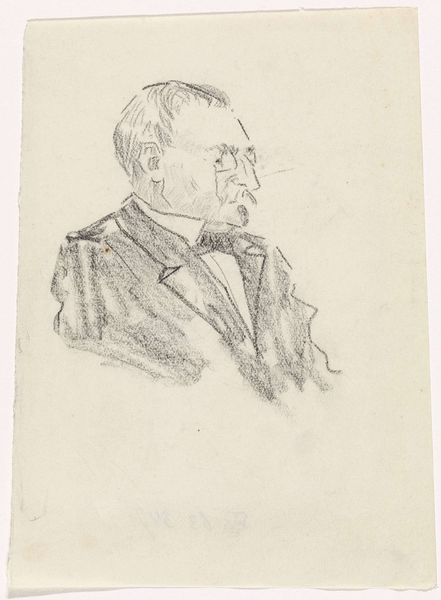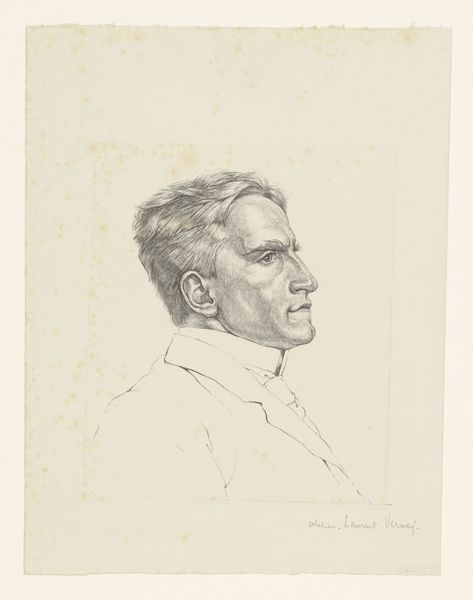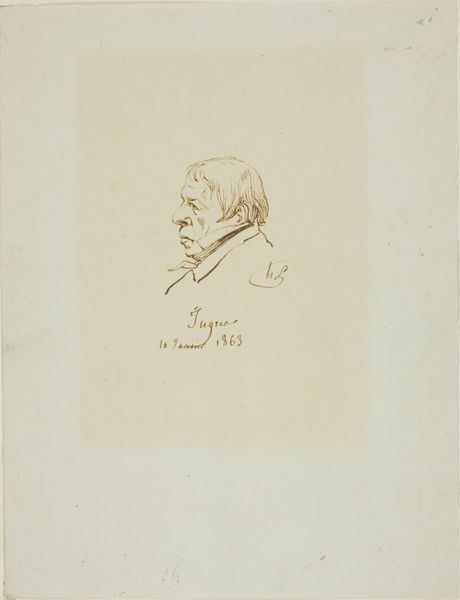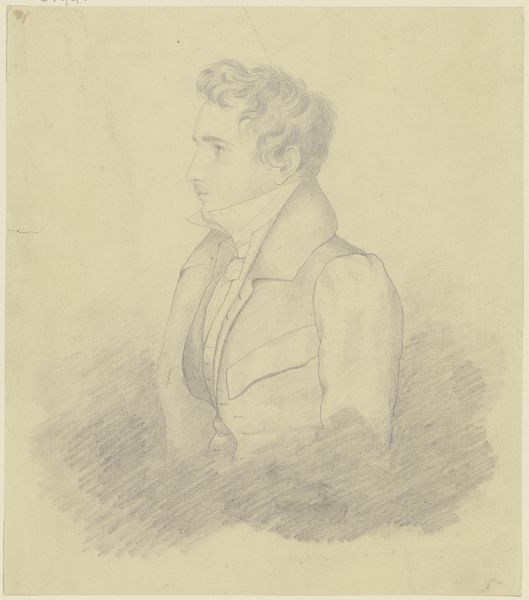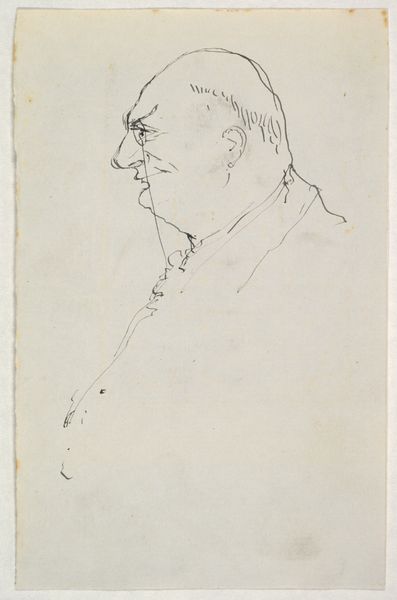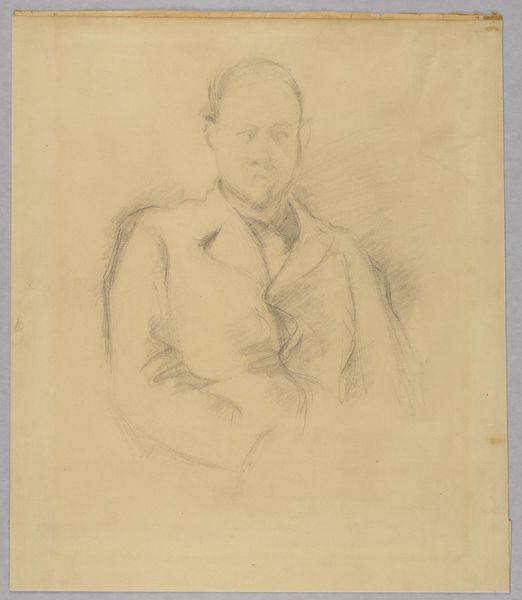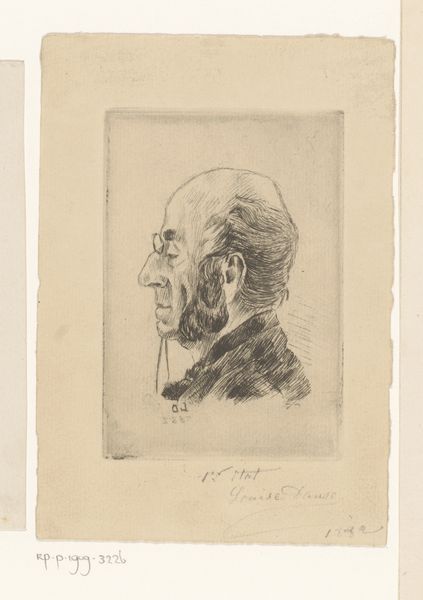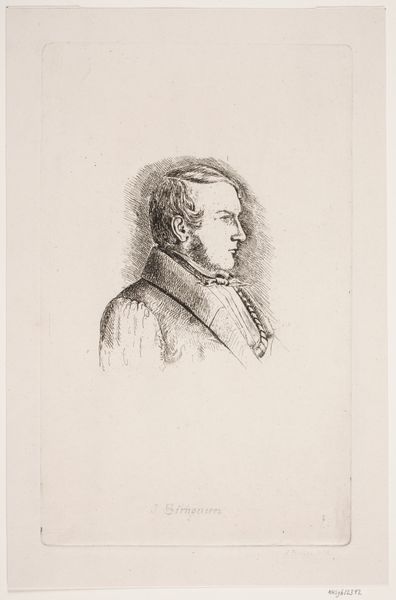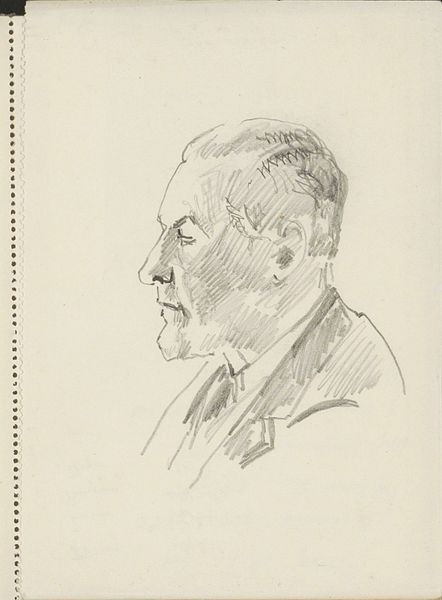
drawing, pencil
#
portrait
#
pencil drawn
#
drawing
#
light pencil work
#
pencil sketch
#
romanticism
#
pencil
#
pencil work
#
realism
Dimensions: height 178 mm, width 121 mm
Copyright: Rijks Museum: Open Domain
Franz Xaver Stöber made this portrait of Christian Dietrich Grabbe using graphite, likely in the early to mid-19th century. Grabbe, a German dramatist known for his plays that often defied conventions, lived a life marked by conflict and social alienation. Portraits such as this one are revealing of institutional structures. In 19th-century Europe, portraiture served to solidify social standing. Depicting Grabbe, Stöber both acknowledges and possibly elevates the playwright's status within German society. However, the choice of a simple graphite drawing, rather than an oil painting, suggests a more modest commission, hinting at Grabbe’s complicated relationship with societal recognition. Historical records, letters, and literary criticism would shed further light on Grabbe’s position in the cultural landscape of his time. The art historian’s task is to piece together these fragments, understanding how social forces shape artistic expression. In this way, we can truly appreciate the depth of meaning embedded in this seemingly simple portrait.
Comments
No comments
Be the first to comment and join the conversation on the ultimate creative platform.
